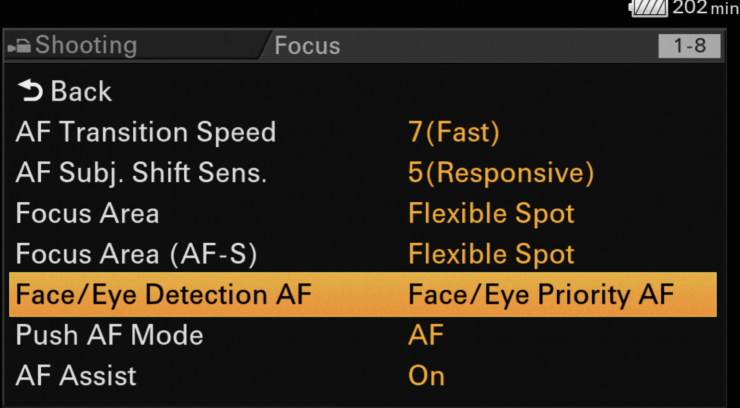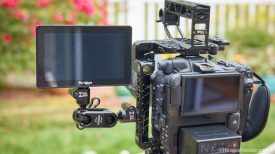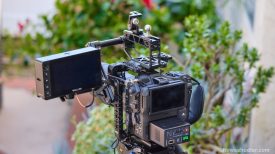Sony has just officially announced Version 2.0 firmware for the FX9. The update adds a lot of functionality to the camera, but it won’t be available until October.
Version 2.0 adds the following features:
- 16-bit RAW output (with XDCA-FX9)
- Full-frame 4K DCI RAW 60p/50p recording with oversampling (Image sensor scan size is around 5K)
- FHD 180fps shooting
- DCI 4K recording
- Touch Screen Focus control
- Eye Auto Focus
- Focus transition speed can be set to an Assignable Button
- Touch Screen control for Menu Status Screen
- User 3D Luts
- 6G-SDI support
- XLR-K3M digital support
- Higher selectable ISO (up to 102,400 ISO)
- Support for DWX digital wireless audio receiver (with XDCA-FX9)
This firmware update was always on the companies roadmap and the features promised at launch, as well as a host of new improvements will be in the release.
There is a lot to get through here, so I have written a separate much more detailed article about the 16-bit RAW output with the XDCA-FX9. Please check that out on the site.
16-bit RAW output
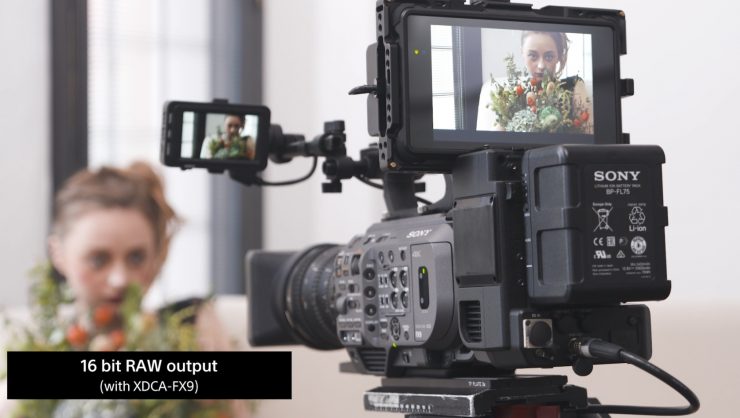
The 16-bit RAW output will be enabled on the FX9. To record RAW from the FX9 you will need the $2,498 USD Sony XDCA-FX9 Extension Unit and an Atomos recorder.
You won’t be able to actually record in 16-bit, that signal needs to be converted into ProRes RAW 12-bit.
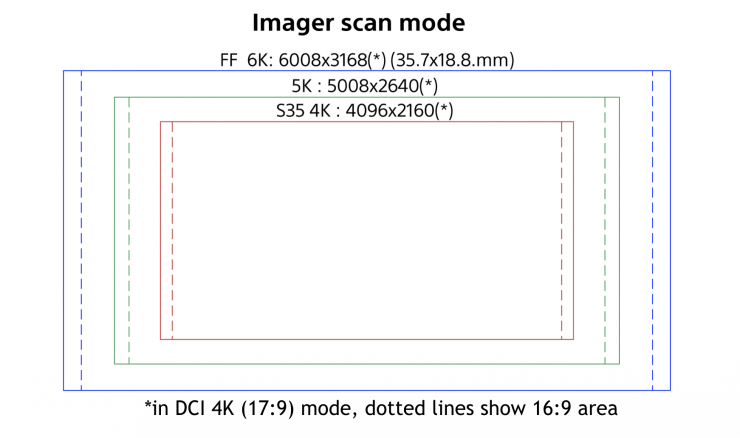
You can record 4K DCI at up to 30p in full-frame, and 4K DCI at up to 60p with a 5K crop. This 5K crop uses an 82% area within the full-frame.
2K DCI in full frame can be done at up to 120p. Eventually, you should be able to do up to 180p.
In Super 35 mode you can record UHD RAW at up to 120p. The output for doing 120p in UHD is only 10-bit, and not 16-bit like the other recording modes.
Full HD at up to 180fps
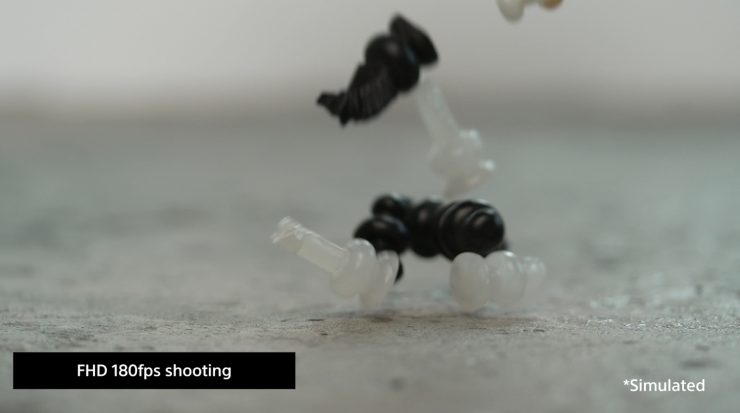
The FX9 will be able to record internally in HD422/XAVC-I/XAVC-L 4:2:2 10-Bit at up to 180fps in full-frame or S35 modes. Previously the HD internal recording was limited to 120fps.
DCI 4K Internal Recording
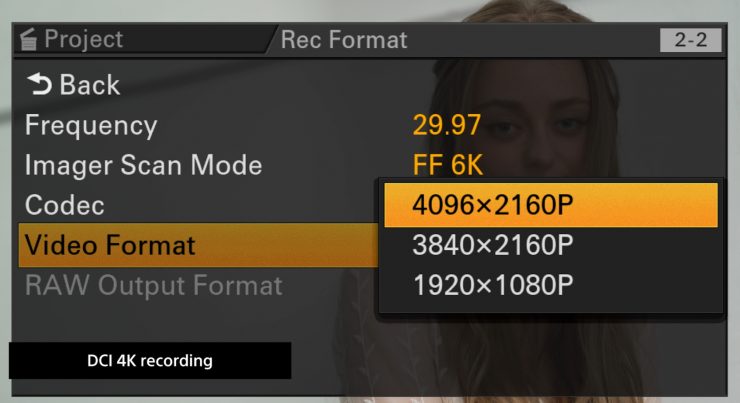
Finally, the FX9 will be able to record 4K DCI (4096 x 2160) internally. Up until now, it was only capable of UHD (3840 x 2160) internal recording.
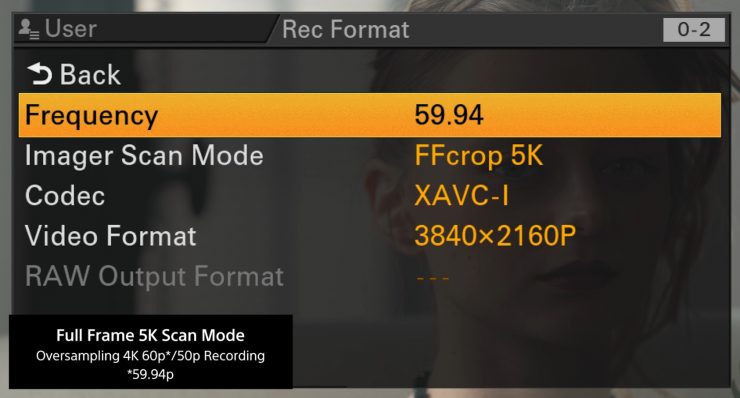
Now, there is a catch. the 4K DCI is only full frame when you are shooting frame rates at 30p and below. If you want to shoot 4K DCI 50 or 60p the camera does so using a 5K scan mode.
Touch Screen Focus control
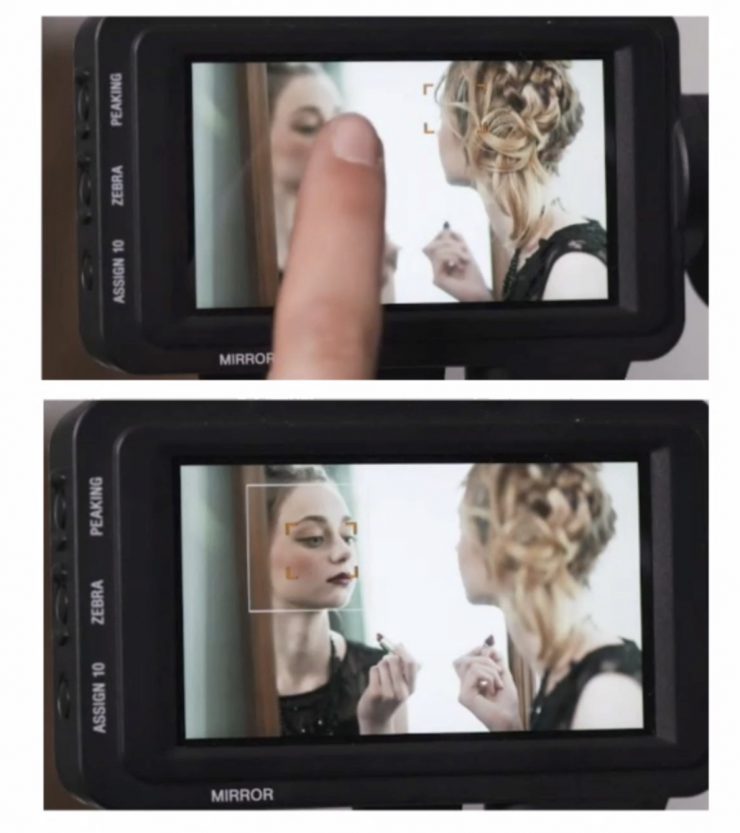
Something unexpected with Version 2.0 is that you can now do touch screen focus control. Previously you had to move a box around using the small joystick .
Now you can just touch on the screen to focus. This is very similar to how touch focus works on some of the latest Canon cameras.
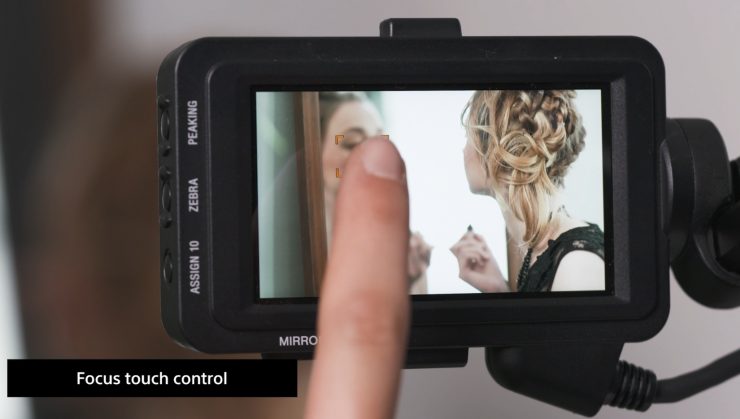
Depending on what focus priority you have set will depend on how the touch focus reacts. For example, if you have Face Detect Auto Focus on, when you touch the screen it will track that particular face. Conversely, if you are in Flexible Spot mode you can simply just press anywhere on the screen to grab focus.
The touch focus on the FX9 is not the same as the system that can be found on the Sony Z90/NX80.
Eye Auto Focus
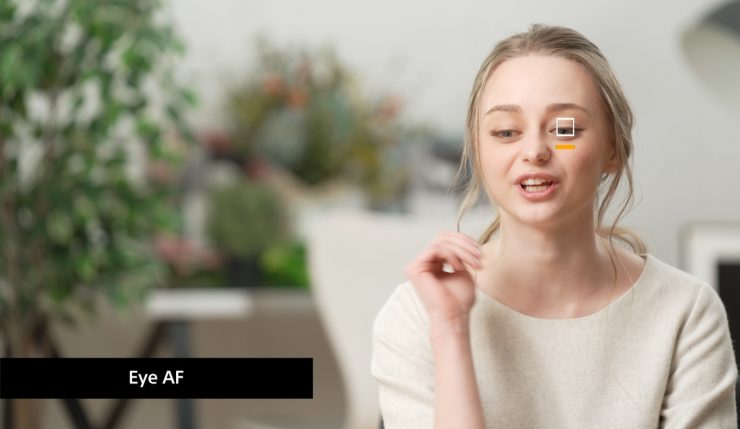
The FX9 already has pretty impressive autofocus performance and now they have improved it by adding Eye Auto Focus. According to Sony, as of today, this is the World’s first professional camcorder with Eye Auto Focus tracking technology.
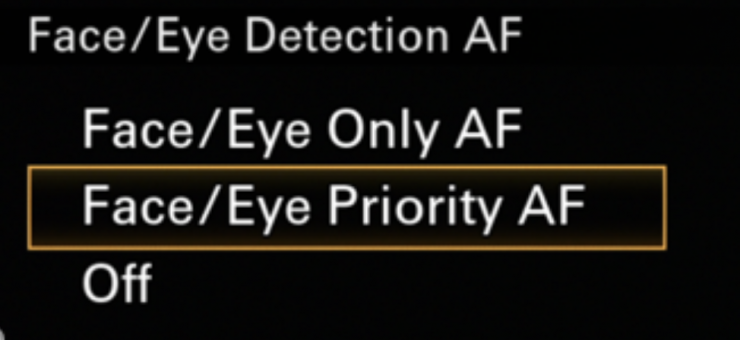
You can choose between two different modes in the menu for Eye Auto Focus:
- Face/Eye Only AF
- Face/Eye Priority AF
Focus Transition Speed can be set to an Assignable Button
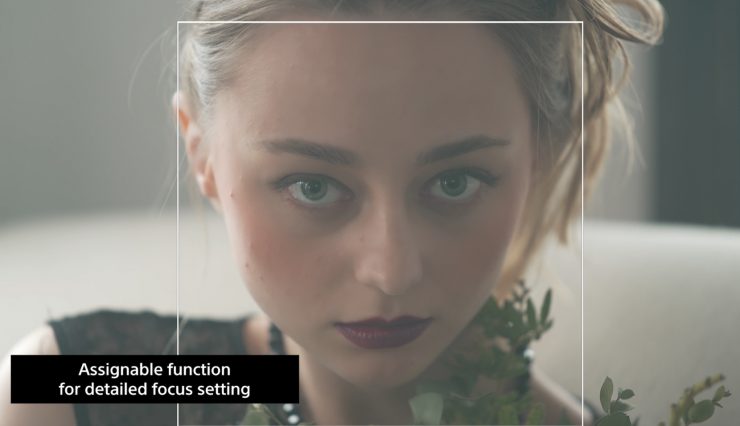
Sony will allow you to set the Focus Transition Speed to one of the camera’s assignable buttons. Once you press that assignable button you can use the camera’s dial to change the focus transition speed.
Previously if you wanted to change the Focus Transition Speed you had to go into the menu to do it.
Touch Screen control for Menu Status Screens
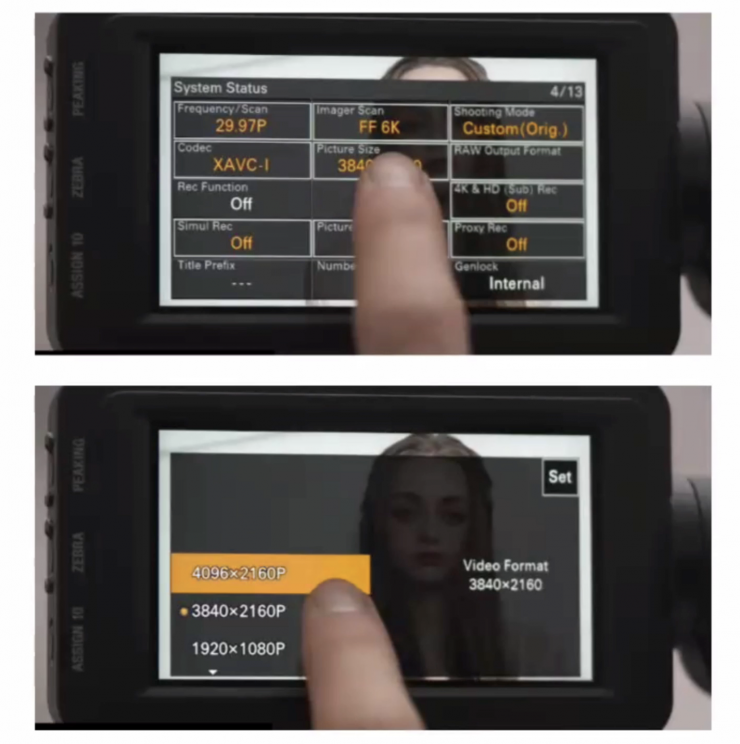
Continuing with the touch screen theme, Sony will let you make changes on the Menu Staus Screens with a simple touch.
Any item that is orange can be changed simply by touching on the screen. This allows you to make quick changes to key parameters that you change on a regular basis.
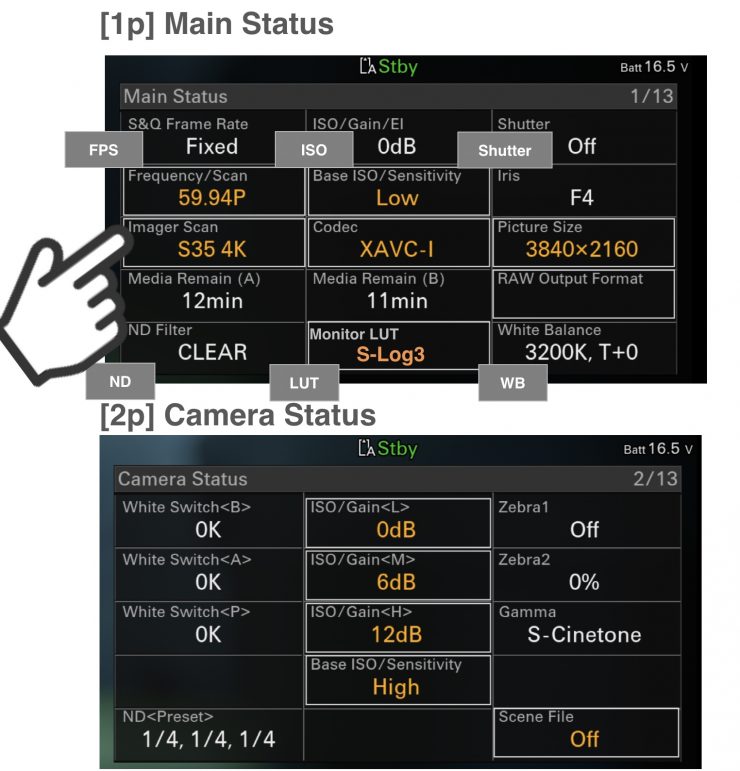
Items that can be changed on the Main Status window include:
- Base ISO/Sensitivity
- Codec
- Frequency/Scan
- Monitor LUT
- Picture Size
- Shooting Mode
- Simultaneous Recording
- 4K & HD (Sub) Rec
- Proxy Recording
- Picture Cache Rec
Unfortunately, it doesn’t appear that you can change the white balance, ISO/Gain, ND, shutter, or Iris using the touch screen while you are on the Main Status menu.
On the Camera Status window, you can change:
- ISO/Gain
- Scene File
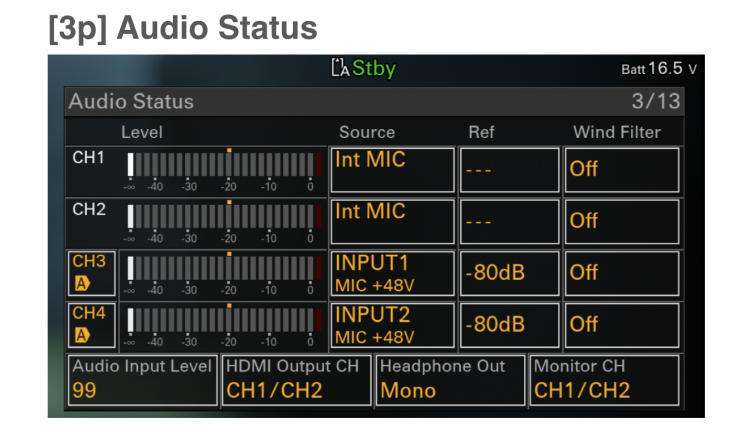
On the Audio Status screen, you can adjust:
- Source Input for all four audio channels
- Audio Input Level
- HDMI Output Channel
- Headphone Out
- Monitor CH
- Wind Filter
- Reference
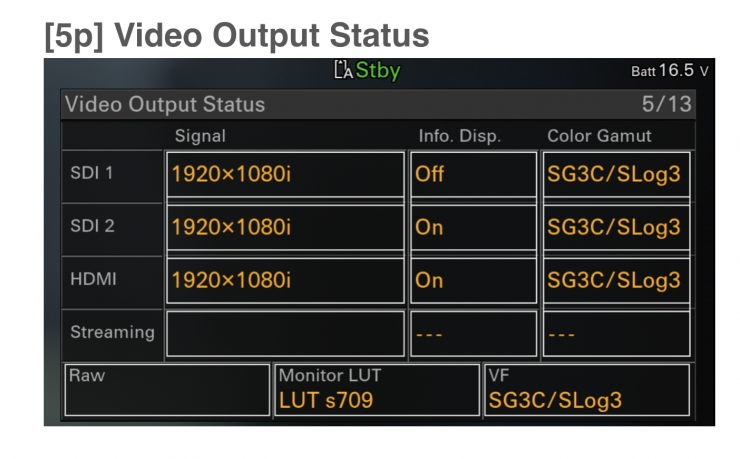
On the Output Status screen you can adjust:
- SDI/HDMI Output Signal
- Info Display On/OFF on all outputs
- Color Gamut on all outputs
- Monitor LUT
- VF LUT
It is good to see Sony do this because let’s be honest, no one likes dealing with endless Sony menus to make changes.
Custom Mode has been changed
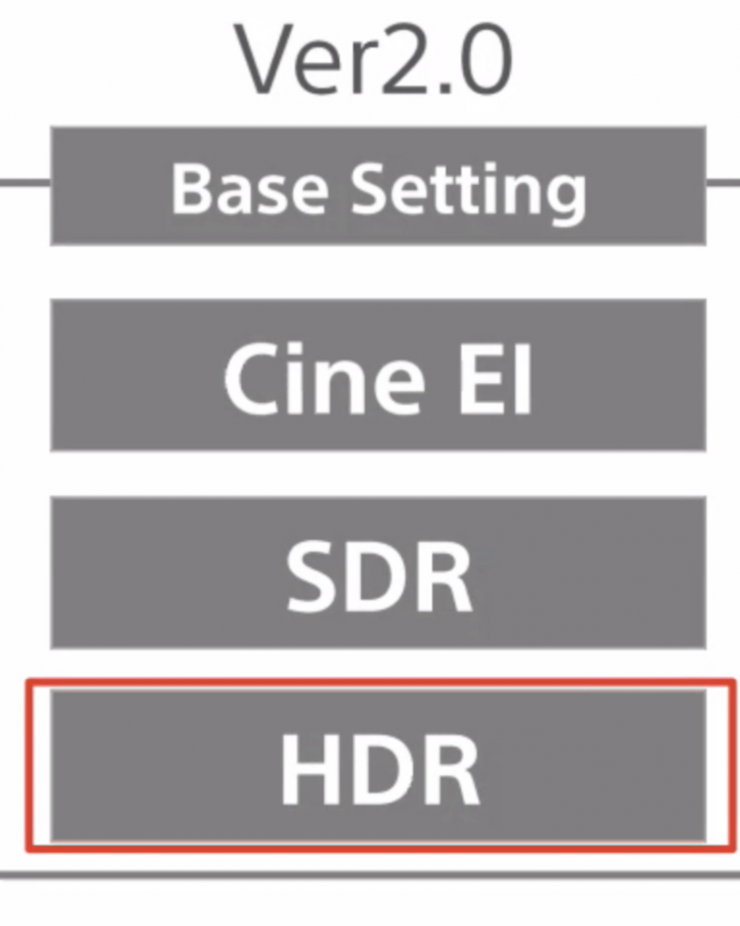
Along with Cine EI mode, Sony had another mode called Custom mode. Why they ever decided to call this mode Custom is beyond me. It just confused and annoyed FX9 users. Well, due to customer feedback this has now been changed.
There are now three modes:
- CINE EI
- SDR
- HDR
S-Cinetone is now found in the SDR mode. HDR is the newly added mode and this is where HLG Look, {Natural} or {Live} can be selected.
User 3D Luts
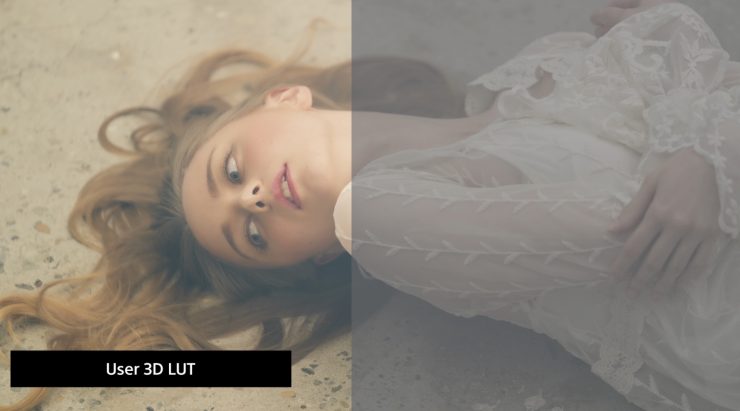
It is now possible to import your own custom 3D LUTS via an SD card directly into the FX9. You can store up to 16 LUTS onboard the camera.
This is something that really should have been available on the camera at launch.
Higher selectable ISO (up to 102,400 ISO)
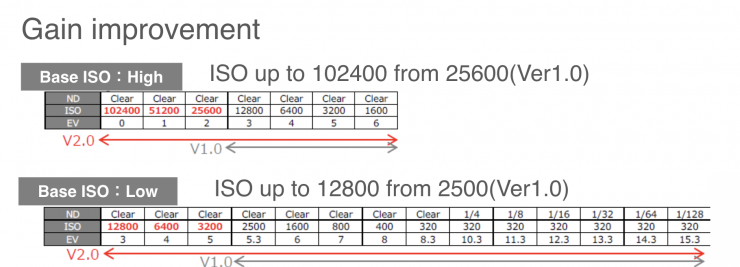
When you are using the FX9’s High Base ISO setting you can now go up to ISO levels of 102,400. This is an increase from 25,600.
When using the camera’s Low Base ISO you can now go up to 12,800.
Now, there is a catch, you can only use these new higher ISO levels when you are in the HDR/SDR shooting modes. If you are in the Cine EI mode then you won’t have access to these new higher ISO levels.
6G-SDI support
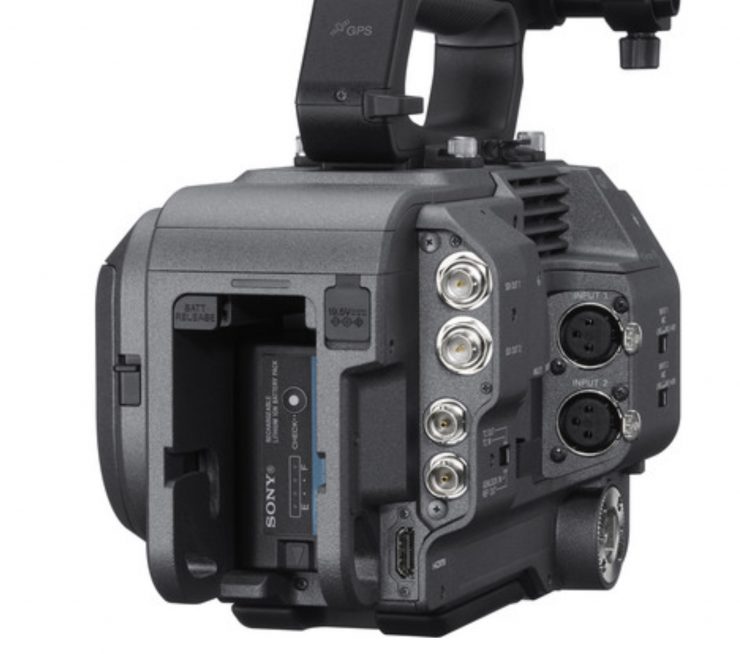
The FXP will support 6G-SDI. Why is this important? Well, previously with the FX9 you couldn’t output UHD at 23.98p, 25p, or 30p.
For outputting UHD, you were previously limited to only 50/60p as only 12G-SDI was supported.
Support for DWX digital wireless audio receiver (with XDCA-FX9)
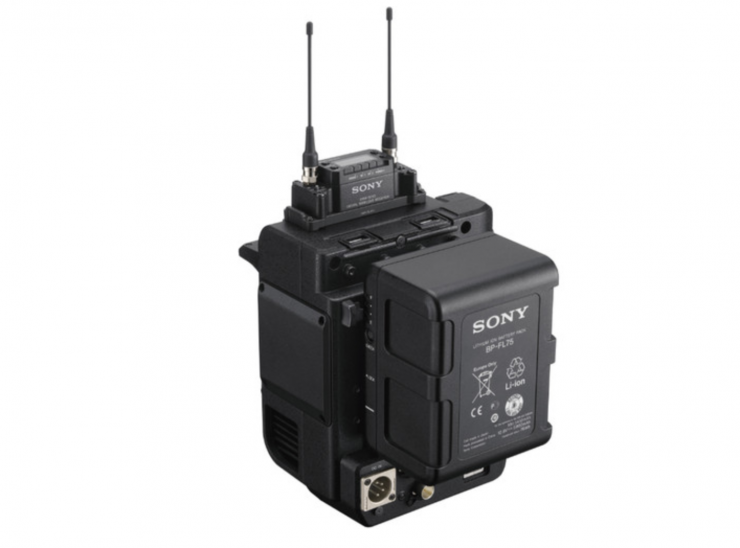
If you use the XDCA-FX9, Sony’s DWX digital wireless audio receivers will be supported. This means you can put in something like Sony’s DWR-S03D 2-Channel Digital Slot-In Wireless Receiver and effectively run four channels of audio by also utilizing the two onboard XLR inputs as well as two radio mics.
Now, despite the slot on the XDCA-FX9 being a standard SuperSlot, there isn’t any compatibility with other brands of drop-in SuperSlot dual-channel receivers. If you have a Lectronsonics SuperSlot dual-channel radio mic receiver it won’t work.
XLR-K3M digital support
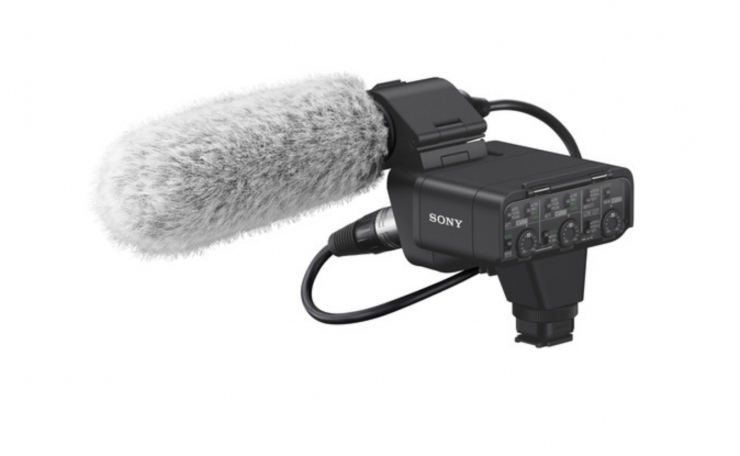
You will be able to use Sony’s XLR-K3M with full digital interface support using the MI show on the Sony FX9.
Like what we do and want to support Newsshooter? Consider becoming a Patreon supporter and help us to continue being the best source of news and reviews for professional tools for the independent filmmaker.

